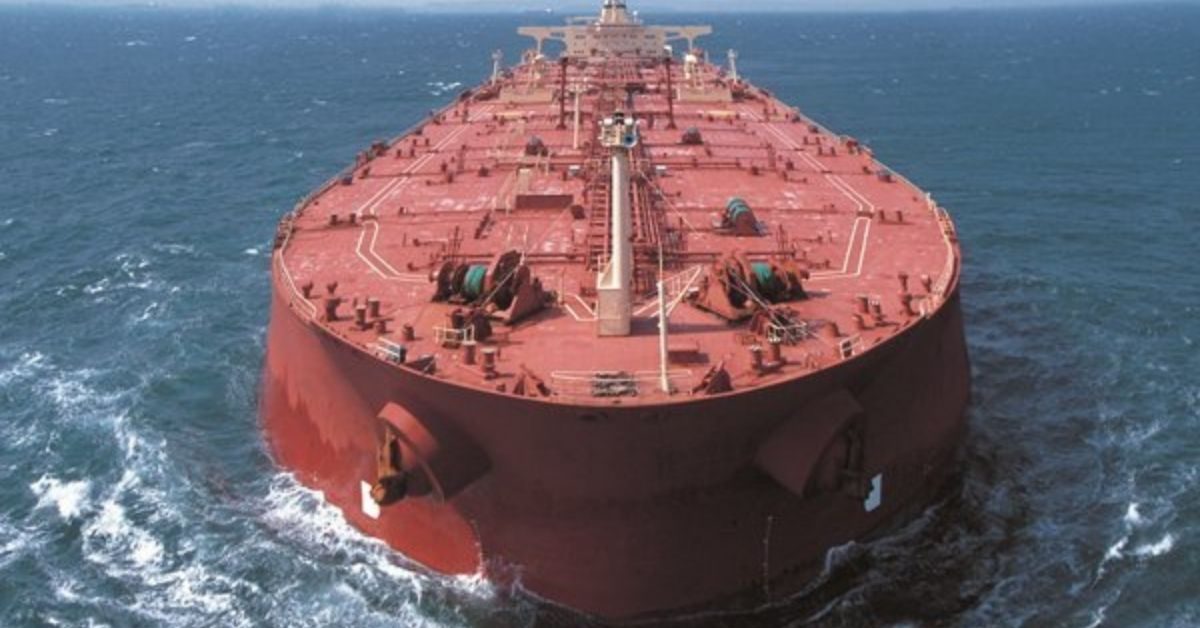Indian refiners are likely to maintain their momentum on importing higher volumes of Russian crude oil in 2023 aiming to benefit from the emerging trade narrative as the EU ban on importing diesel and other refined oil products from Russia kicks in from Sunday.
Industry sources and analysts pointed out that State-run and private refiners, who imported an average of 1.2 million barrels per day (MPD) of crude oil from Russia in January 2023, will try to cash in on the European Union (EU) ban on Russian refined products.
“The February 5 ban on Russian petroleum products is expected to tighten markets and provide support to diesel in the coming months. There is an opportunity as the EU imported around 6,50,000 barrels per day (BPD) of diesel from Russia last year. Some of this will go to China, but Indian refiners also stand to gain, particularly Reliance Industries and Nayara Energy,” a top official with an oil marketing company (OMC) explained.
The domestic refinery margins are likely to be elevated aided by higher domestic consumption due to increased industrial and mining activity, stretched global inventory levels, particularly of diesel, and some refinery maintenance shutdowns, the official added.
New trade narrative
A senior government official said that Russia is increasingly moving towards its new major consumers, China and India. On the other hand, Europe is moving towards Middle East for crude oil and the US and India for refined oil products.
Kpler’s Lead Analyst (Dirty Products and Refining) Andon Pavlov told businessline, “This is largely our base case as well. The world as a whole is generally going into a situation of tighter availability of medium and heavy crude, generally needed for conversion operations. Now that Europe is shunning away from Russian medium crude, the next best thing for Europe would be to turn to Middle Eastern crude, which generally has comparable characteristics to Urals.”
However, Pavlov explained that markets will soon see sizeable refinery capacity builds in the Middle East, with limited upside to crude supply, meaning, the bullish case for medium and heavy crude becomes even more convincing, especially given that Europe and the US generally operate refinery systems tilted more in the direction of higher conversion-to-primary unit ratios.
“In this sense, China and India, also operating pretty complex systems, are likely to capitalise on the discounted Russian medium crude and buy sizeable volumes. Whether this will be enough to compensate for the totality of European crude exports for the Russian budget remains an open question. For now, it seems that a lot of players are in a ‘wait and see’ mode of operations, with the upside to Russian buying clearly visible further down the line due to the above-mentioned factors,” he added.
Maintaining import momentum
On India continuing to import higher quantities of crude oil from Russia, Pavlov said “Mostly yes, the US has already more or less approved the India-Russia crude cooperation and so even considering that the delivered price for Indian refiners is not as low as international benchmarks will suggest (i.e. Urals trading at a sizeable discount to Brent), the price of Russian crude still remains consistently below other alternatives, so it makes sense for India’s refiners to continue buying a lot of Russian crude.”







